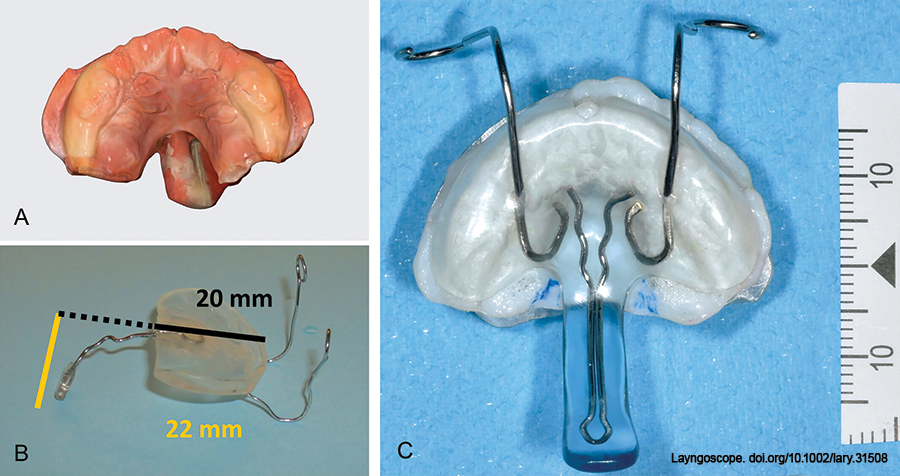The BREATHE (Boosting REsources And caregiver empowerment for Tracheostomy care at HomE) study is a five-year, six-hospital trial that will advance understanding of how hospitals can better support caregivers of children with tracheostomies as they resume life, work, and family activities after discharge.



